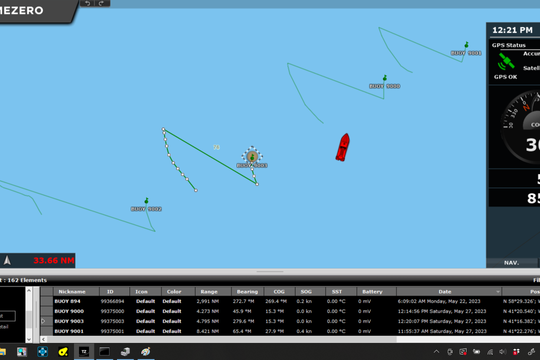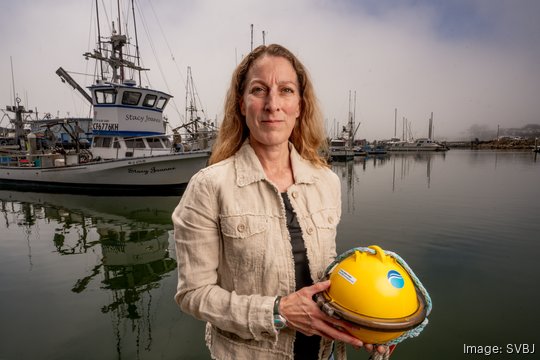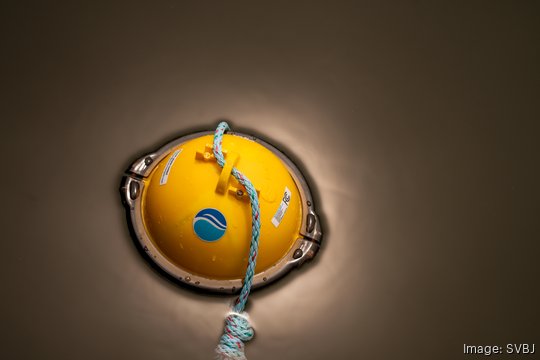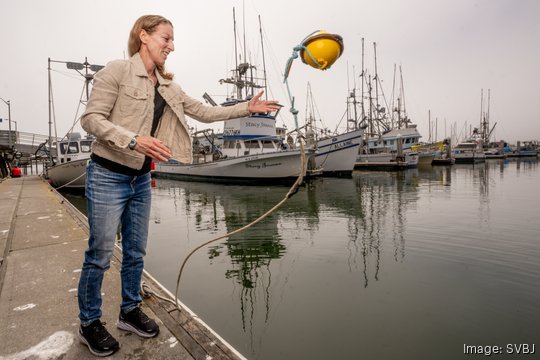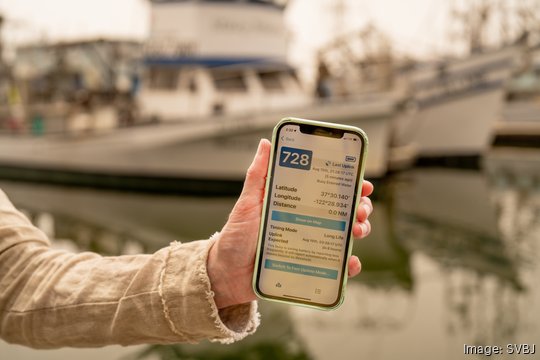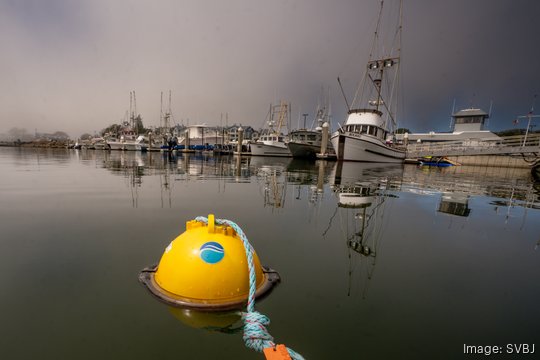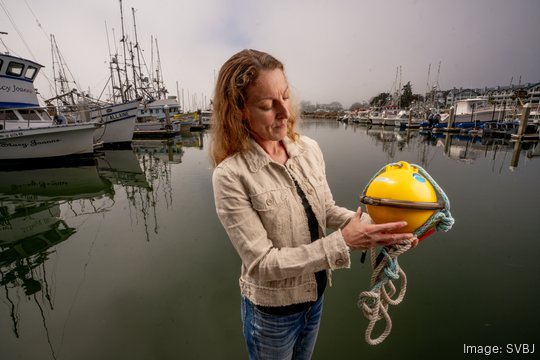
Kortney Opshaug said it’s one thing for an engineer to build something — it takes another level of understanding to develop what the consumer needs. So, that’s exactly what she did. She talked to fishermen.
Opshaug, an aerospace engineer by training, set out to understand the biggest issues fishermen face on the water and why sustainability in the practice was not being addressed.
Those conversations led her to found Blue Ocean Gear Inc. in 2015 to help bridge the gap between conservation and commercial fishing.
“I was realizing that here’s an industry that’s often butting heads with conservation, and it didn’t seem to me to be that way,” Opshaug said. “And I felt like technology could be this bridge between an ocean industry and the conservationists who are trying to protect the oceans.”
More than 640,000 tonnes of nets, lines, pots and traps used in commercial fishing are lost in the sea every year, according to the Ghost Gear Project at Harvard University. That pollution has caused issues between conservationist and fishermen, Opshaug said.
The solution that the Redwood City company came up with was developing a three-pound buoy, dubbed Farallon, to help fishermen keep track of and find their gear faster.
Timezero displaying Blue Ocean Gear tracking data
The buoy attaches to any type of fixed fishing gear and activates when it is thrown in the water. The device will send a signal to a satellite and a text message with coordinates to the user. Data collected in the company’s cloud system will be shared with users via the Blue Ocean app or through Timezero, a marine charting software.
The device, equipped with sensors, also gives fishermen data on if the device was underwater and for how long, if their traps were removed from the water and where, the water temperature, and if the equipment drastically moved locations. Opshaug said all that data is vital for fishermen to understand when to retrieve their catch
“When fishermen go out to harvest their gear, if it’s all underwater because the currents are running strong that day, they can’t harvest their gear. So that’s another waste of fuel,” she said.
With fishermen able to track gear it reduces the chances of so-called ghost fishing ever happening, Opshaug added. Ghost fishing is where fishing gear is no longer in control by fishermen, and it continues to trap and kill marine animals.
According to the World Wildlife Foundation, this kind of lost gear — particularly nets — can contribute to the entanglement of sea turtles, dolphins, seals, sharks, birds which endangers ocean ecosystems.
Kortney Opshaug, CEO and Founder of Blue Ocean Gear
“This is something that is a huge problem in our oceans, and it’s not on purpose,” Opshaug said. Fishermen “certainly don’t want to [lose gear]. It’s just what happens in a very volatile environment ... It’s a big financial hit for the fisherman to replace, but also it keeps fishing and so it decimates marine ecosystems.”
Each buoy costs $1,000 and there is a $200 yearly subscription fee to access cloud data. Opshaug said there are 1,000 buoys now being used.
Blue Ocean has raised $7.73 million to date with backers such as the U.S. Department of Commerce, Sustainable Ocean Alliance, Signia Venture Partners, Brighter Capital and Seabird Ventures, according to PitchBook Data.
“What we’re trying to do is make an industry better and more efficient and more sustainable, while also addressing some of the central issues that are facing our oceans. So, they don’t need to be two distinct things. Either help save the oceans or run a good business. You can have both together.”

